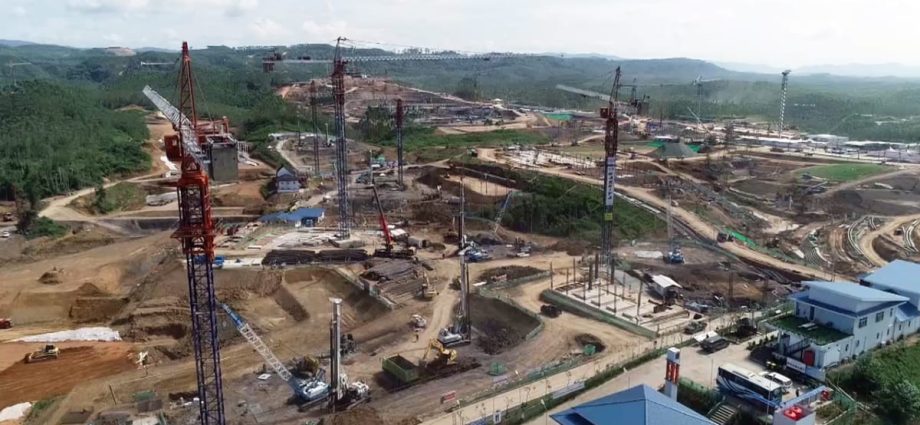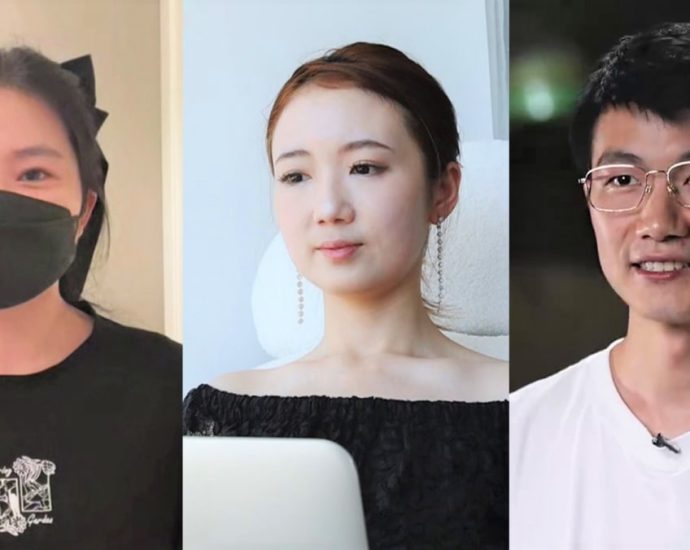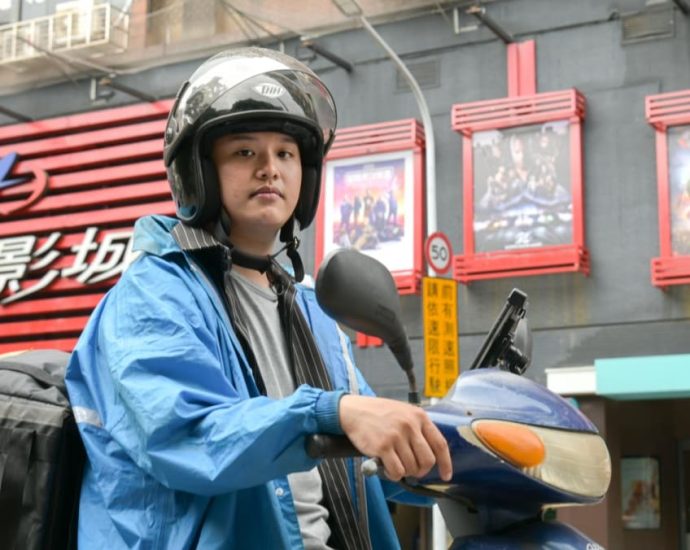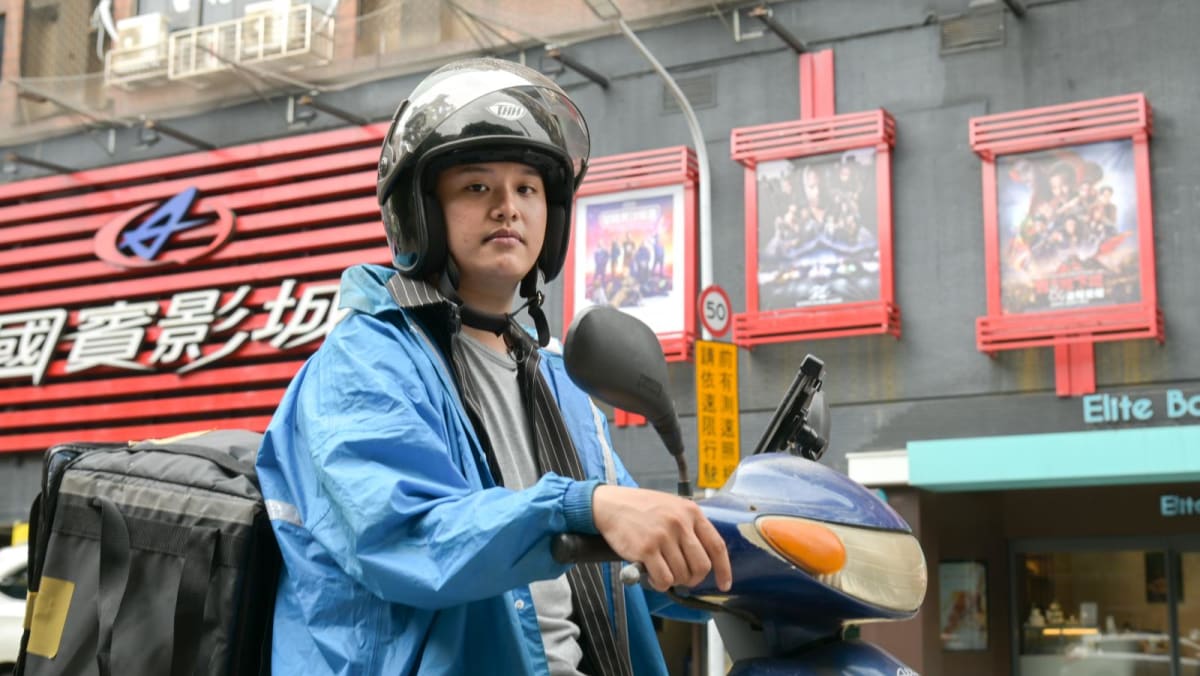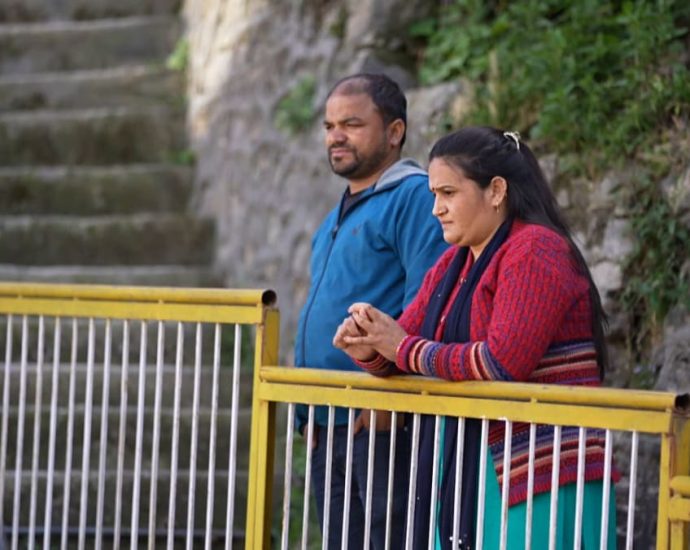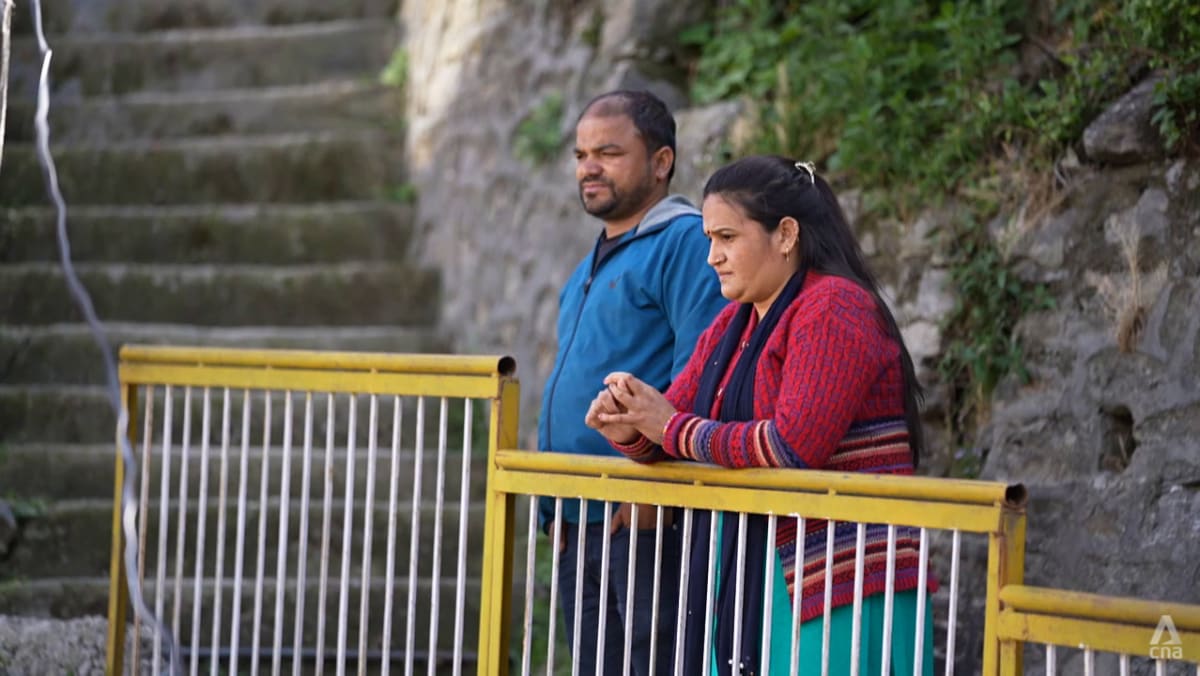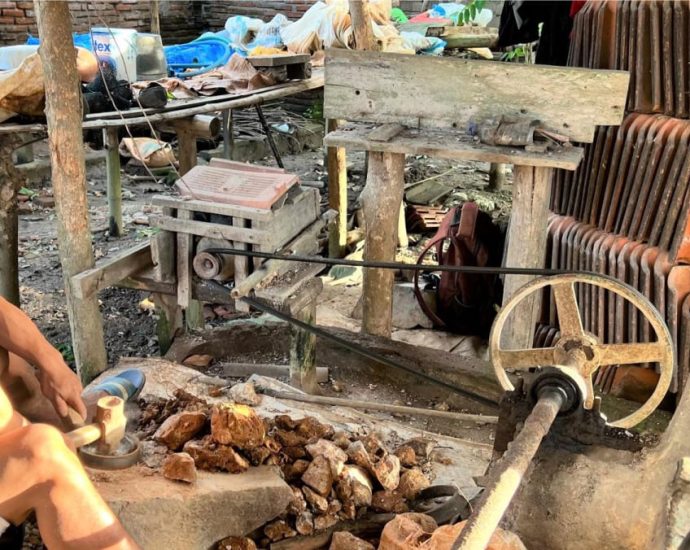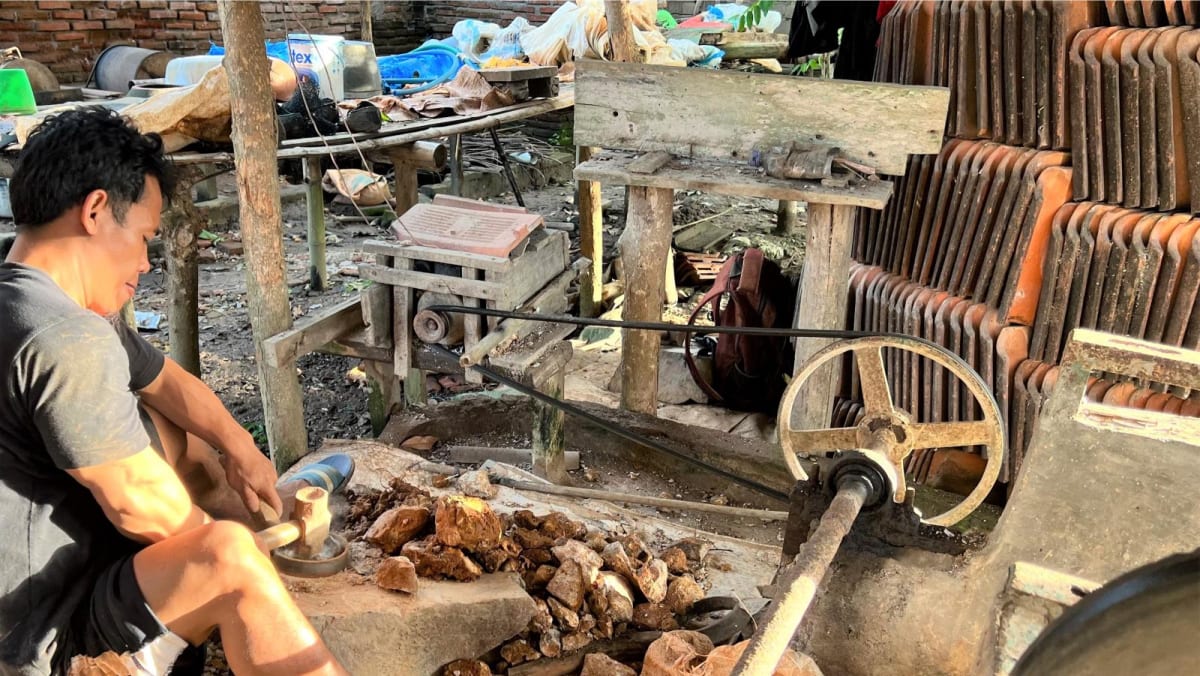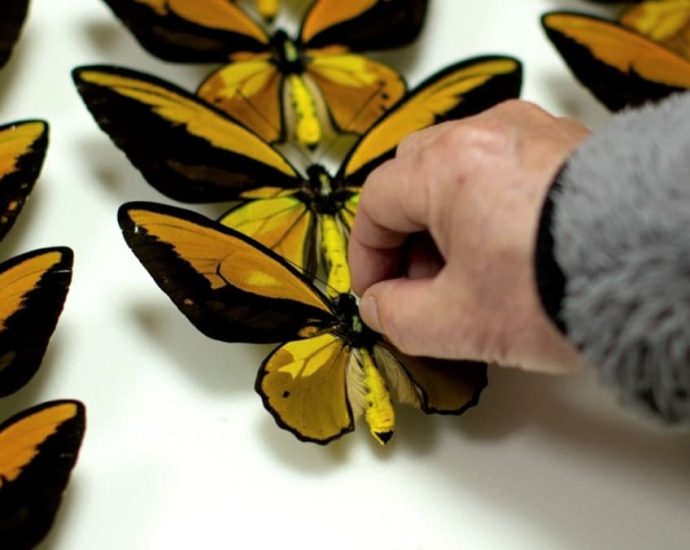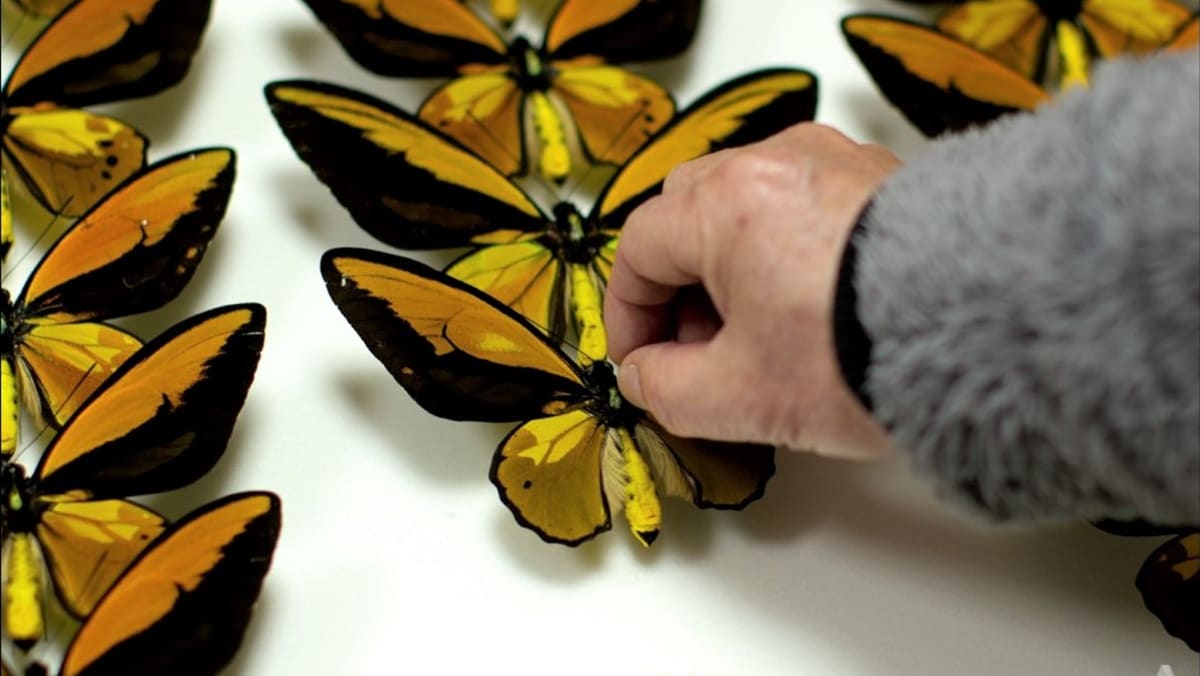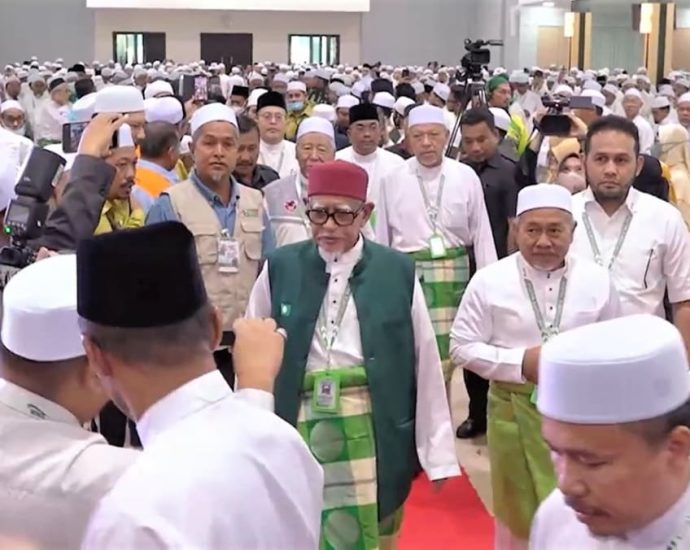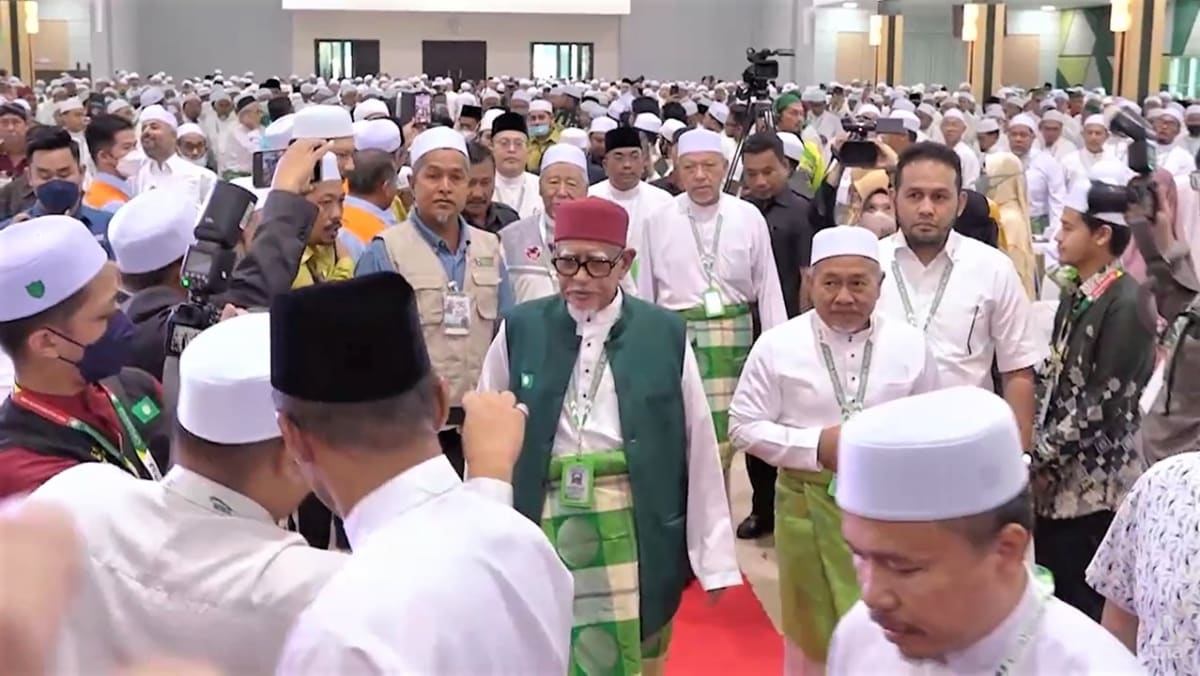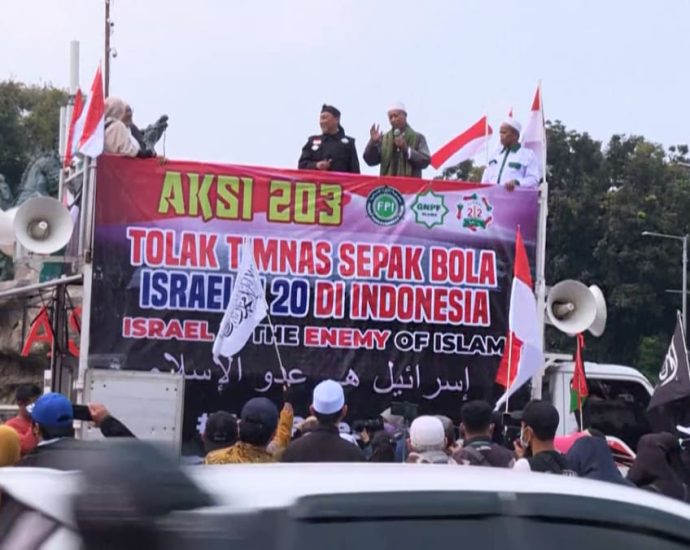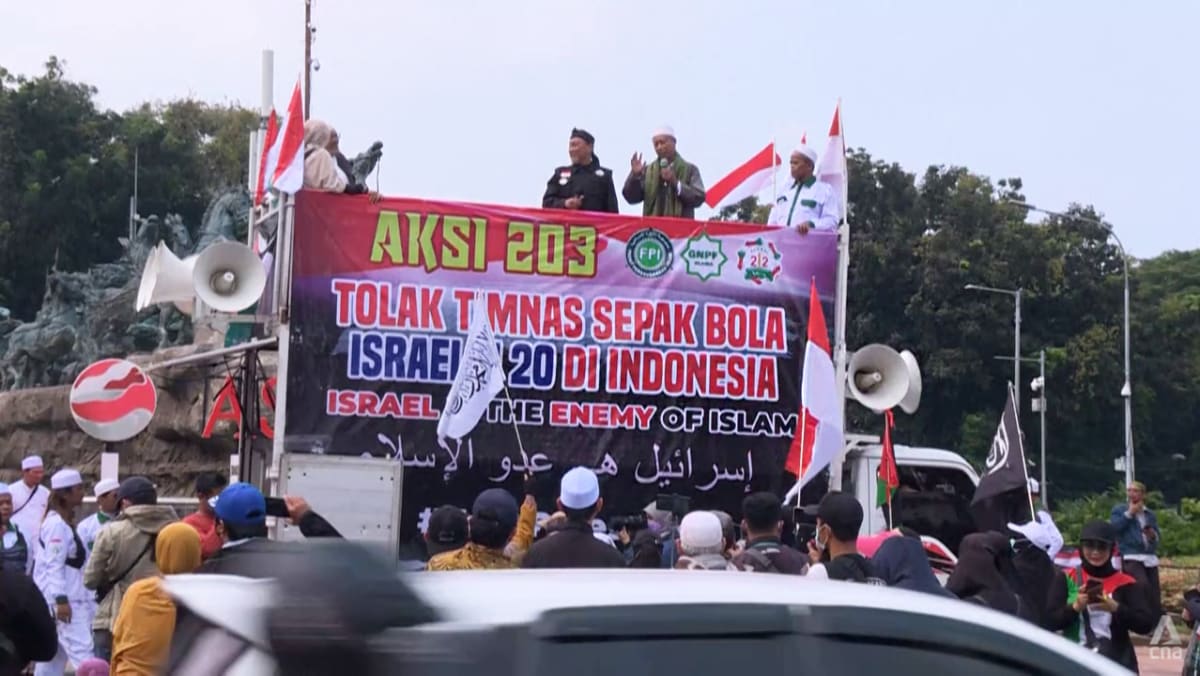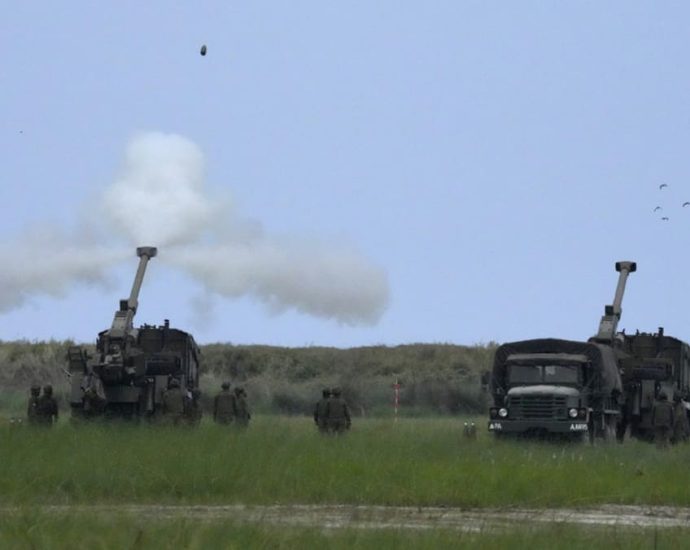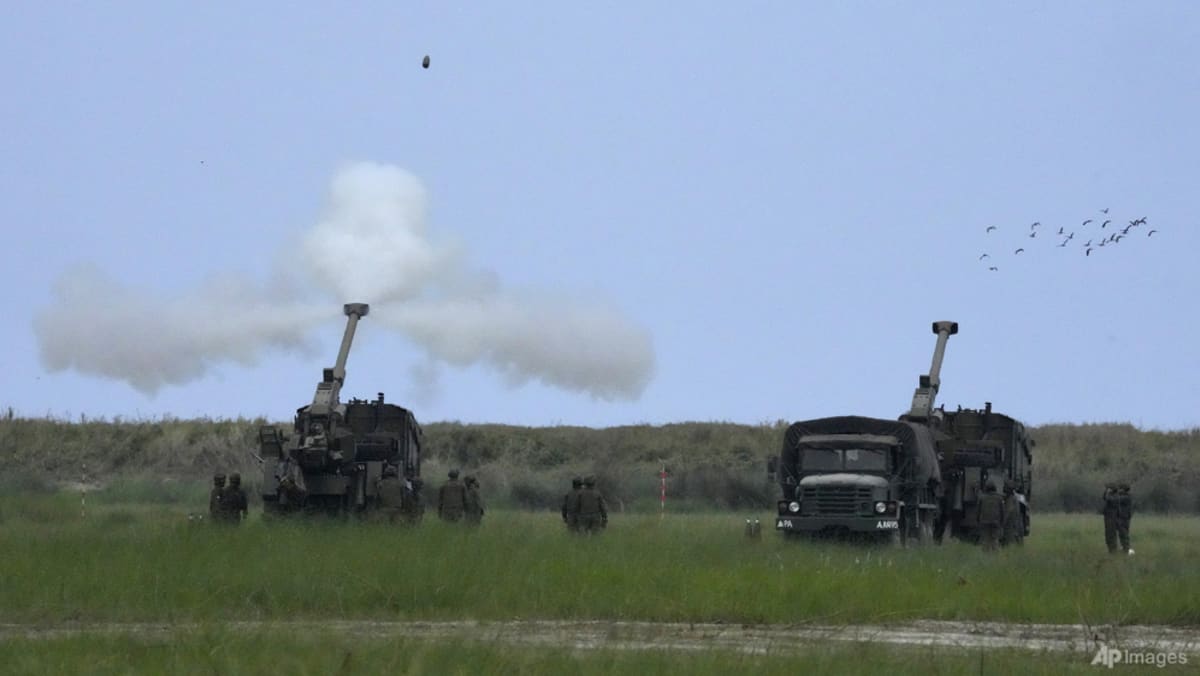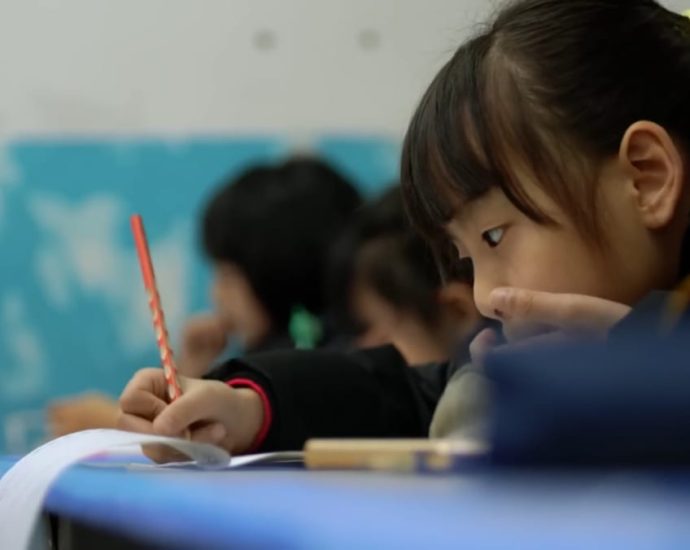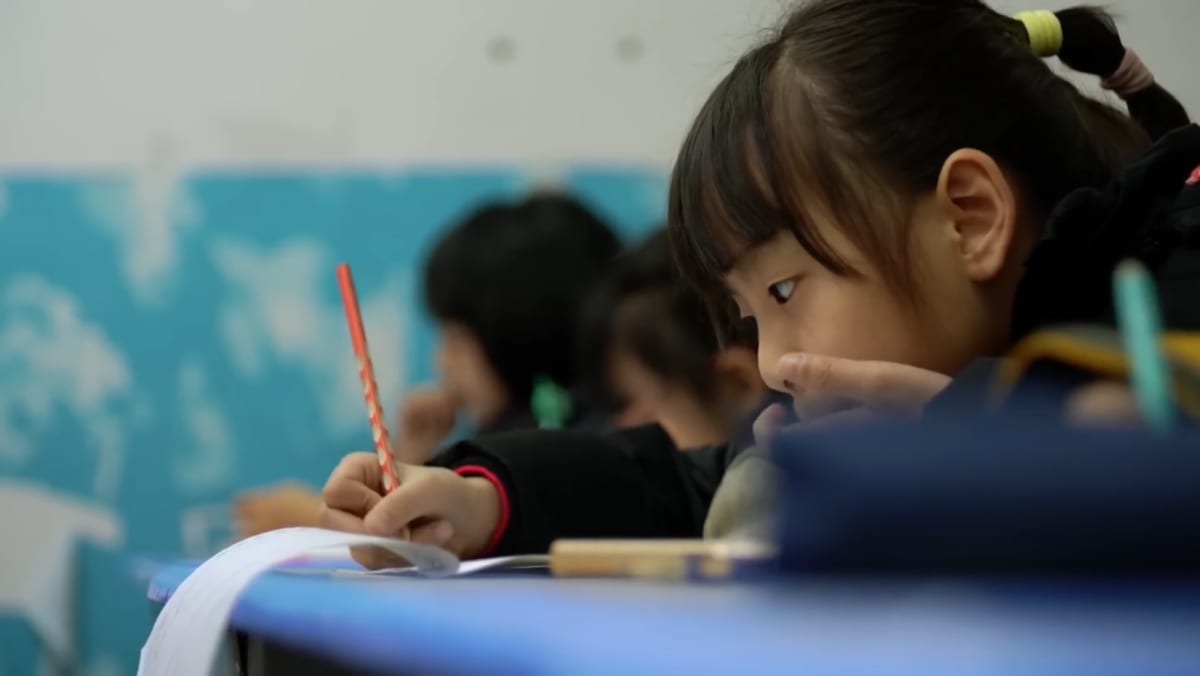âSave us from this curseâ: Villagers fear eviction as Indonesiaâs new capital Nusantara takes form
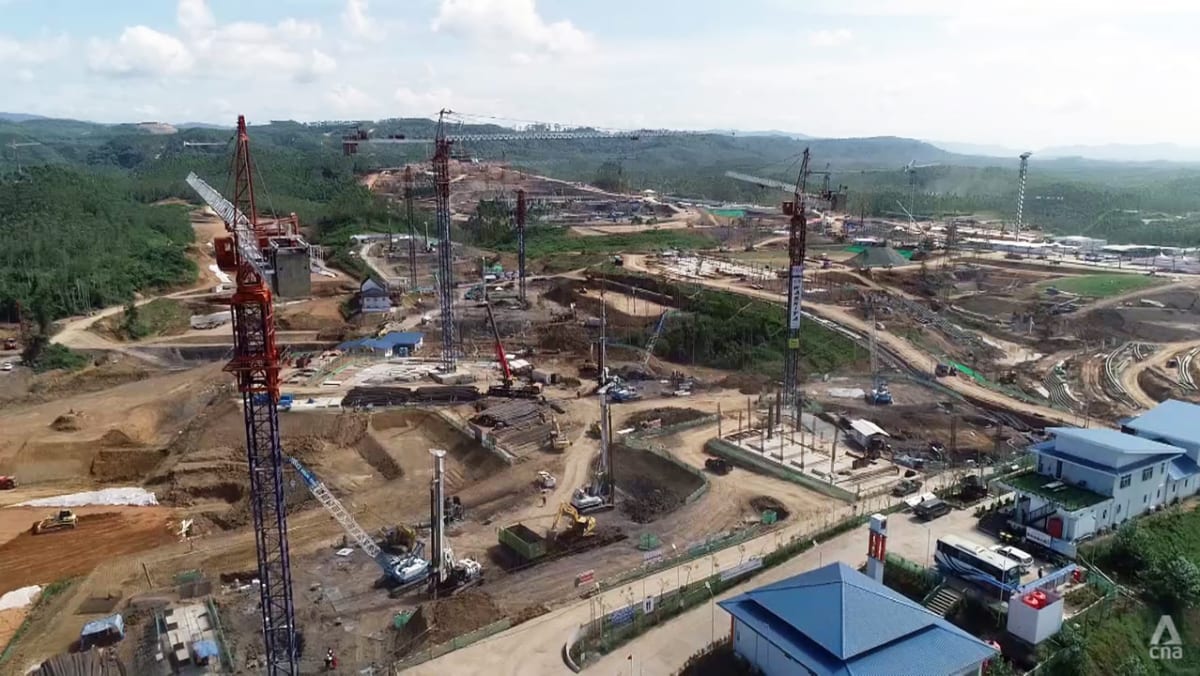
To this end, the authorities are “training, upskilling and reskilling” people in fields such as coding and renewable energy.
“I don’t want them … just watching (the transformation),” said Bambang, who is trained in engineering and infrastructure planning. “I want them to be part of (it).”
As for the social fabric, he felt that conflicts between locals and migrants were “very minimal” now, and he would like to maintain that state of harmony. Many of the migrants have been there for generations, he added.
Disparities must be addressed to avoid potential conflicts, observers noted.
Feelings of “injustice” in indigenous communities may later be reflected in hatred towards migrants, said Siwage Dharma Negara, a senior fellow and co-coordinator of the Indonesia Studies Programme at the ISEAS-Yusof Ishak Institute.
Ethnic tensions have boiled over before. Violence between the Madurese — originally from Madura Island off the coast of Java — and Dayaks in Central Kalimantan in 2001 resulted in hundreds of deaths.

